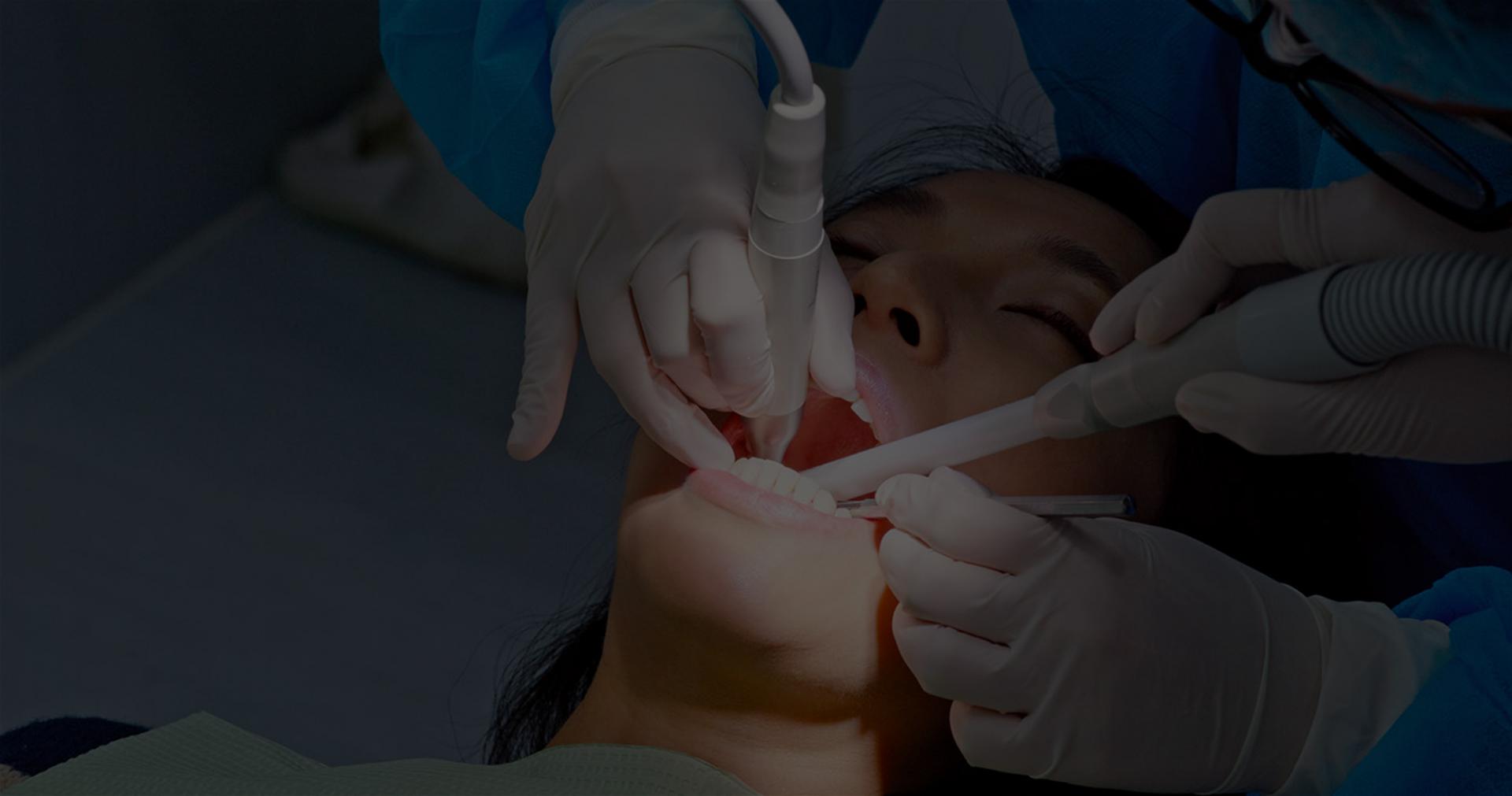
Despite global uncertainty and the rising costs of running a business amid the UK’s soaring inflation, dealmaking in the UK dental sector has proven extremely resilient over the past 18 months. Record levels of activity were recorded during 2021, a trend that is continuing unabated in 2022, with strong revenue growth and a range of different buyer types helping to drive a wave of consolidation and dealmaking.
2024 update: Small business acquisitions in the UK - dental industry snapshotThis is a unique opportunity to acquire valuable intellectual property assets from a well-established wholesaler with many years of experience in the discount food and non-food sector in the Midlands.
This is an opportunity to acquire a long-established specialist bakery business, supplying major UK supermarkets and boasting a fully equipped production facility with a skilled workforce.
Discover the rare chance to acquire a specialist UK supplier of marine engines and generators, noted for their leadership in the used marine engine market and hard-to-find parts.
Business Sale Report is your complete solution to finding great acquisition opportunities.
Join today to receive:
All this and much more, including the latest M&A news and exclusive resources
Please choose your settings for this site below. For more information please read our Cookie Policy
These cookies are necessary for our website to function properly and provide you with access to all features.
These are analytics cookies that help us to improve the way our website works.
These are used to improve the functional performance of the website and make it easier for you to use.
